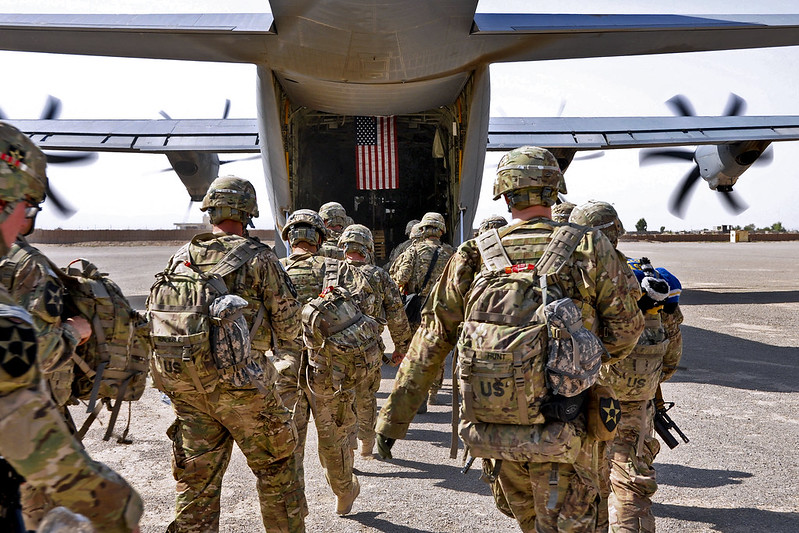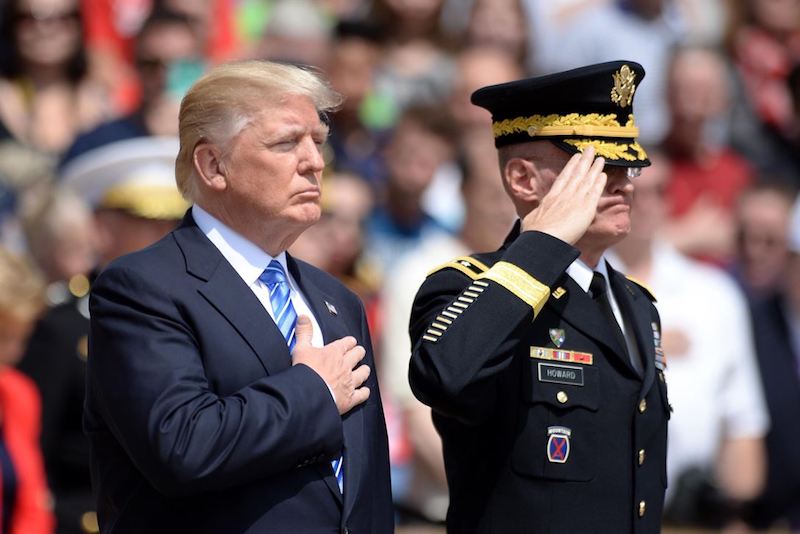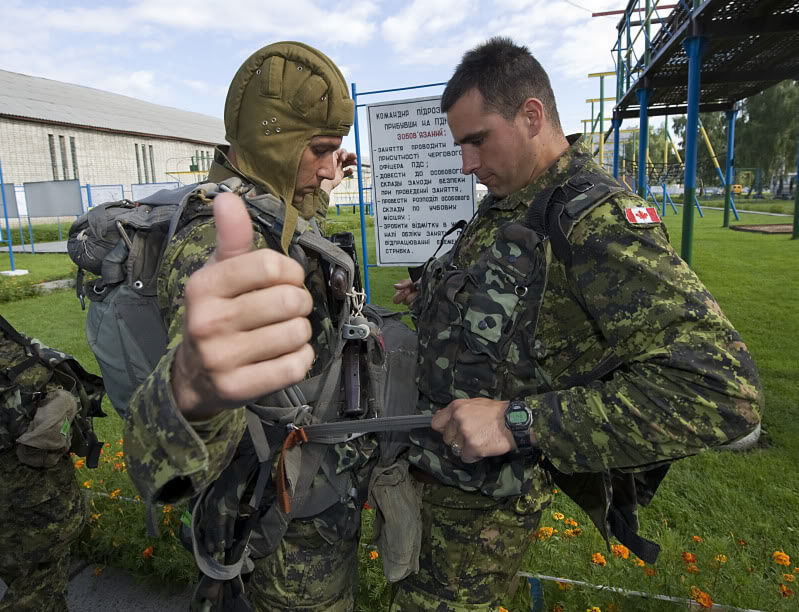Mere weeks after President Biden declared the resurgence and takeover of Afghanistan by the Taliban “highly unlikely” following the complete withdrawal of US troops, the Taliban has systematically taken over Afghan cities and provinces, and Kabul has now fallen. The swiftness of events is leaving the world at a standstill following years of US rhetoric noting that the mission in Afghanistan provided the local state the tools to support its military and government.
The rapidly evolving situation is the culmination of a nearly twenty-year mission by US and NATO troops following the events of September 11, 2001. Following 9/11, NATO supported the US and member states deployed to Afghanistan. This action is significant because NATO is an organization built on the idea of the collective defence of its members, and NATO rarely intervenes in cases of terrorism. Moreover, for NATO to become involved, the threat must be great enough to threaten a state significantly, including threats to a military base abroad or threats to foreign interests. Such a bar for action is very high, especially considering NATO operates through consensus, which is difficult to achieve with its many member states. Yet, they considered the 9/11 attacks significant enough to merit invoking Article 5 of the Washington Treaty.
NATO’s mission in Afghanistan is divided into two main phases: the International Security Assistance Force (ISAF) and the Resolute Support Mission (RSM). The former used NATO forces to enable the Afghan government to provide security for the state and protect the state from terrorism, while the latter provided security training to the Afghan National Security Forces. Both missions have now concluded, and given the current climate, neither mission appears to have been successful. So, the question is, what should NATO now do?
A recent statement by NATO implored all parties involved to act politically to minimize violence. However, that is unlikely to be sufficient to minimize such violence, especially when considering the track record of human rights abuses by the Taliban and how they did not adhere to similar scruples during their last time in power. It is unlikely that anything short of military interference will help the state. If Afghanistan were a NATO member, which it is not, NATO’s military intervention would be a near certainty because of each member state’s commitment to collective defence; they have no such obligations in this case. However, NATO cannot just passively watch events unfold. Doing so would allow a non-state actor to gain power in an area of interest and raise questions about the organization’s efficacy.
The difficulty in deciding what should be done by the international community lies in the absence of an explicit NATO mandate to interfere in situations that are not a direct threat to its members. NATO has, however, acted outside of its prescribed role historically. The most notable example is the case of Kosovo in the late 1990s, where NATO committed to an airstrike campaign against Serbian president Slobodan Milošević’s regime and the subsequent permanent NATO station in the area. This intervention was unprecedented, as NATO acted without a UN mandate. NATO cited fears over a humanitarian catastrophe and invoked Article 4 of the Washington Treaty, which allows member states to discuss the necessity of military action. The lack of a UN mandate led some legal minds to interpret the subsequent intervention as legally dubious, despite the severity of the crisis.
Comparing Kosovo to Afghanistan may provide a template for NATO intervention in the latter on the grounds of protecting human rights, especially considering the seriousness of some Taliban offences. This is most notably the case with the Taliban’s restriction of education and mobility for women, a condition that is sure to be reintroduced, and the recent execution of government officials. However, the question of political will remains open, and the desire or support for military action by NATO states is now in question.
Photo: U.S. Soldiers board an Air Force C-130, by The U.S. Army via Flickr. Licensed under CC BY 2.0.
Disclaimer: Any views or opinions expressed in articles are solely those of the authors and do not necessarily represent the views of the NATO Association of Canada.




